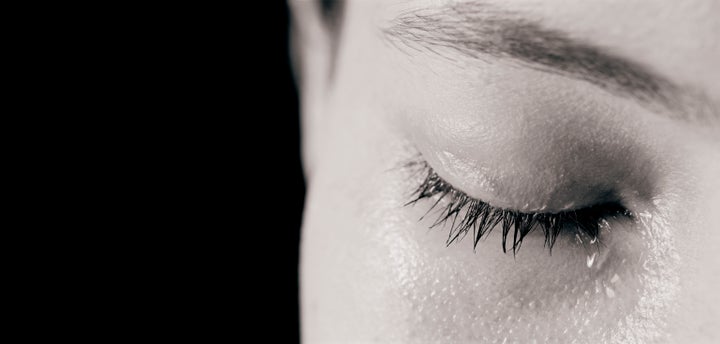
In Part 4 of "It's (Just) the Way That I Love You: Intimate Partner Violence and Abuse in Same-Sex Relationships," I detailed how the victim can make his or her "great escape." Now, in this final installment of the series, it's time to focus on the decision to heal. First, though, let's recap what this atrocious, demeaning and potentially life-threatening behavior really is.
Battering is a pattern of behavior used to establish power and control over another person with whom an intimate relationship is or has been shared through fear and intimidation, often including the threat or use of violence. Battering happens when one person believes that they are entitled to control another.
The National Coalition of Anti-Violence Programs defines it thus:
Domestic violence (also called intimate partner violence/abuse) is defined as a pattern of behaviors utilized by one partner (the abuser or batterer) to exert and maintain control over another person (the survivor or victim) where there exists an intimate, loving and dependent relationship.
Statistics show that this form of abuse occurs with similar frequency in same-sex relationships and heterosexual relationships. Additionally, new research suggests that a greater percentage of LGBTQ individuals than previously thought is living in fear of an abusive partner. Each year, between 50,000 and 100,000 lesbians and as many as 500,000 gay men are battered by a partner. About one in four LGBTQ relationships/partnerships is abusive in some way.
Domestic violence and abuse are used for one purpose and one purpose only: to gain and maintain total control over you. An abuser doesn't "play fair." Abusers use fear, guilt, shame, and intimidation to wear you down and keep you under his or her "thumb." Your abuser may also threaten you, hurt you, or hurt those around you.
Segal and Smith add:
The bottom line is that abusive behavior is never acceptable, whether it's coming from a man, a woman, a teenager, or an older adult. You deserve to feel valued, respected, and safe.
Once you've become an IPV/A survivor, you need to make an active commitment to heal -- which occurs only when you chose it and are willing to change yourself. Ellen Bass and Laura Davis' 1988 self-help book The Courage to Heal: A Guide for Women Survivors of Child Sexual Abuse lists the various stages of the healing process, which I've paraphrased below:
- The emergency stage: This is beginning to deal with memories and suppressed feelings that can throw your life into utter turmoil. The good news is that this is only a stage and will not last forever.
If you or someone you know is experiencing IPV/A, call the National Domestic Violence Hotline (1-800-799-7233) or the Gay Men's Domestic Violence Project Hotline (1-800-832-1901). And always remember that it ain't (just) the way that he or she loves you.